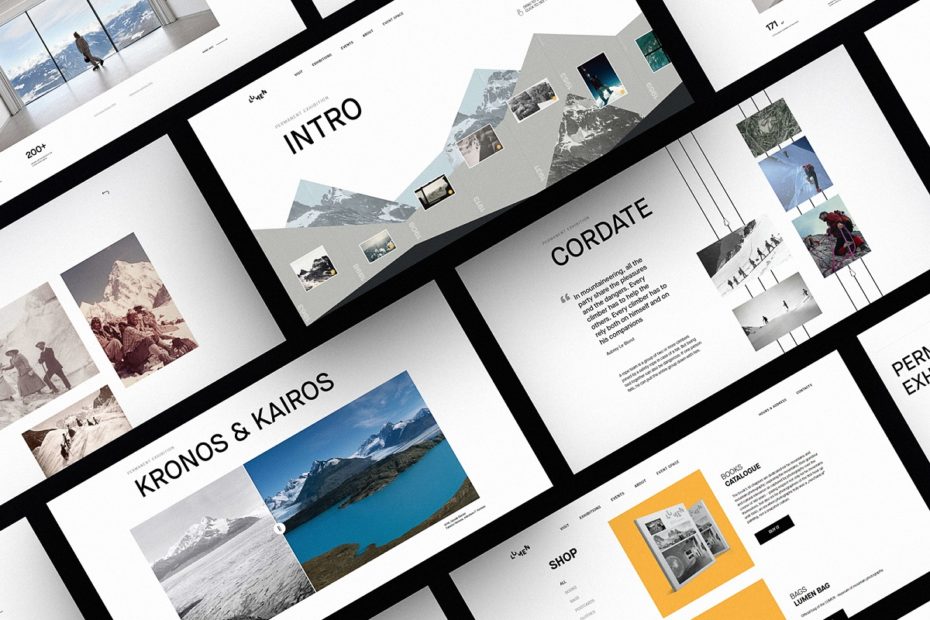Every webpage that we create needs to capture the visitor’s attention; the content should tease them enough to want to scroll down through the page and compel them to take a particular action.
Aimlessly sprinkling a lot of information on a landing page might create a page with a high number of words, but it won’t achieve anything for the business.
If every webpage is supposed to be like this, what makes them different?
- Attracts a niche slice of your overall audience
- Influences that audience toward a different goal
A generic webpage that relates to the entirety of your audience and compels the entire audience to take one action is going to have a tough time delivering results. It is almost always better to segregate your audience into personas and pair them with specific action points (the only exception is the homepage). Once this is done, you’re definitely going to need a specific page for each pair.
What are the seven different types of such combinations that you can build on a website?
1. Homepage
Let’s start the exception. The homepage is usually assumed to be the most visited page of any website but it is not always the case. Most people today might land directly onto an internal page from search, email, social media or a referral link.
Who then is the homepage for? It’s for visitors who want to learn more about your brand and get a high-level view of all your products and services or those who want to search for something that they know your brand provides. In other words, the audience looking for a high-level or big-picture view of what your brand is about.
This means that the homepage should not be optimised for a particular product or service. It should be optimised for your brand as a whole.
If the homepage is the page that’s to be optimised for my brand, then what on earth do I do with the About Us page?
— Confused Reader
2. About Us
This page should not focus on your brand name alone but should be a combination of keywords based on your industry and product lines combined with qualifying keywords such as manufacturer, company, agency, distributor, etc. It should attract leads who are looking for a certain type of business without specifying a brand name.
3. Contact Us
If someone clicks through to your contact us page, they probably want to reach out to you. To help them with that, ensure to design your page in the simplest possible way to offer multiple contact options — chat, email, call, raise a ticket or access a forum — whatever is most comfortable for them.
4. Category and Sub-category pages
These are probably one of the most clearly understood pages. These are mostly routes or pathways through which your audience passes through on their journey to your product or service. These pages should be optimised for specific keywords as they lie in the SEO sweet spot of not being too generic and vague while also not specific enough to be an individual product. These pages are in your Goldilocks zone. However, do not make the mistake of merely flooding these pages with product and praying it works. You need to go ahead and add a helpful description for each category page to help both humans as well bots understand what’s in it.
5. Product page
Pretty self-explanatory. These are the pages where you need the product information detailed out with all the supporting video and other media, pricing, reviews, and more. Your team can go to town with this one.
6. FAQ pages
Create FAQ pages where the questions are phrased similar to what customers have asked you in the past. This will improve the chances of these showing up in search results through structured Q&A snippets as explained here.
7. Blog posts
Any topic that you can’t write about on any of the other pages in the six page types mentioned above can be written as a blog post and published. These can be targeted for specific searchers using content that helps them out and used as the key SEO hooks for your content.
Do make sure to remember what we said in the beginning and ensure to add CTAs (call to action) in each of your blog posts. This will make sure that your readers are given a direction to follow should they want to take the next step in their customer journey with you.

